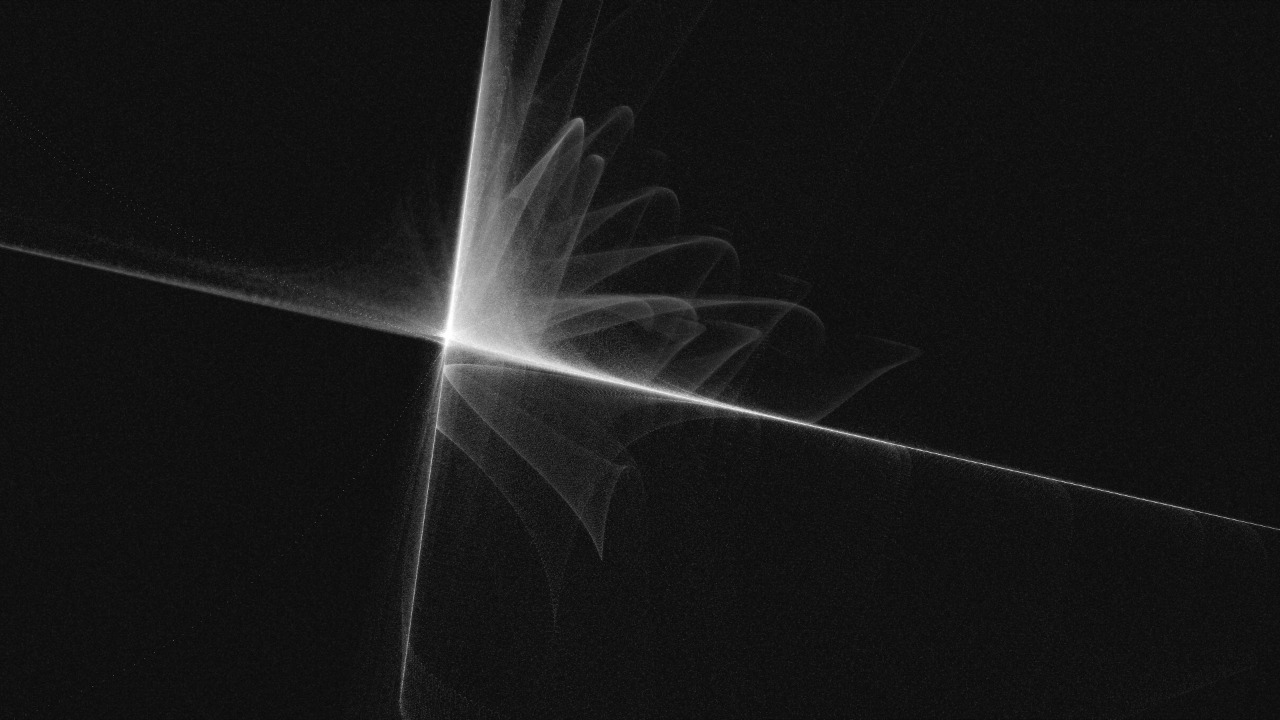
In a groundbreaking development, scientists have managed to illuminate dark excitons, making them shine 300,000 times brighter. This significant enhancement could open new avenues in quantum technologies by making previously undetectable states of light visible.
What Are Dark Excitons?
Dark excitons are bound states of electrons and holes in semiconductors. Their unique spin or momentum properties prevent them from emitting light, rendering them “dark” and previously hidden from detection. This contrasts with bright excitons, which strongly couple to light and are therefore easier to observe.
Dark excitons hold potential for stable quantum information storage due to their longer coherence times compared to bright excitons. They play a significant role in materials like transition metal dichalcogenides, where they form at low energies and influence the overall optical properties of the material.
The Challenge of Hidden Light States
Observing dark excitons has been inherently difficult due to their optically forbidden nature, which leads to weak or no emission signals in standard experiments. This invisibility has limited their study and application, despite their potential advantages in quantum research contexts.
External perturbations, such as magnetic fields or strain, have been used to couple dark states to light. However, these methods often yield only marginal improvements, underscoring the need for more effective techniques to illuminate these hidden states.
The Breakthrough in Brightness Enhancement
In a significant achievement, scientists have managed to make dark excitons shine 300,000 times brighter, transforming these hidden states into highly visible ones. This development, as announced in a recent report, could pave the way for practical applications of dark excitons.
The exact factor of brightness enhancement, 300,000 times, was specified in the context of quantum advancements in another report. This underlines the potential of this breakthrough for advancing quantum control technologies.
Techniques Used to Illuminate Dark States
The experimental approach to illuminate dark excitons involved precise control of light-matter interactions. This could be achieved through nanostructures or cavity enhancements, which boost emission from dark excitons.
Quantum engineering played a crucial role in this process. By hybridizing dark and bright states, scientists were able to achieve the 300,000 times brighter output without altering the fundamental properties of the excitons. Verification methods such as spectroscopy were used to confirm the enhanced brightness and stability of the now-visible dark states.
Implications for Quantum Technologies
The ability to make dark excitons brighter could enable better quantum bits (qubits) with longer coherence times. This directly supports the development of scalable quantum computing, as highlighted in the report focusing on quantum tech.
There is also potential in quantum sensing and communication, where the enhanced visibility of dark excitons allows for more efficient manipulation of quantum information. This underscores the technology’s role in precise quantum state management.
Broader Applications and Future Prospects
Beyond quantum technologies, the illumination of dark excitons could have applications in optoelectronics. For instance, more efficient LEDs or photodetectors could be developed by leveraging the now-accessible dark excitons.
The breakthrough could also extend to other quantum materials, building on the 300,000 times brighter achievement to explore hybrid light-matter systems. Future research directions could include scaling the technique for room-temperature operation and integration into quantum networks, inspired by the initial breakthroughs reported in late 2025.
More from MorningOverview